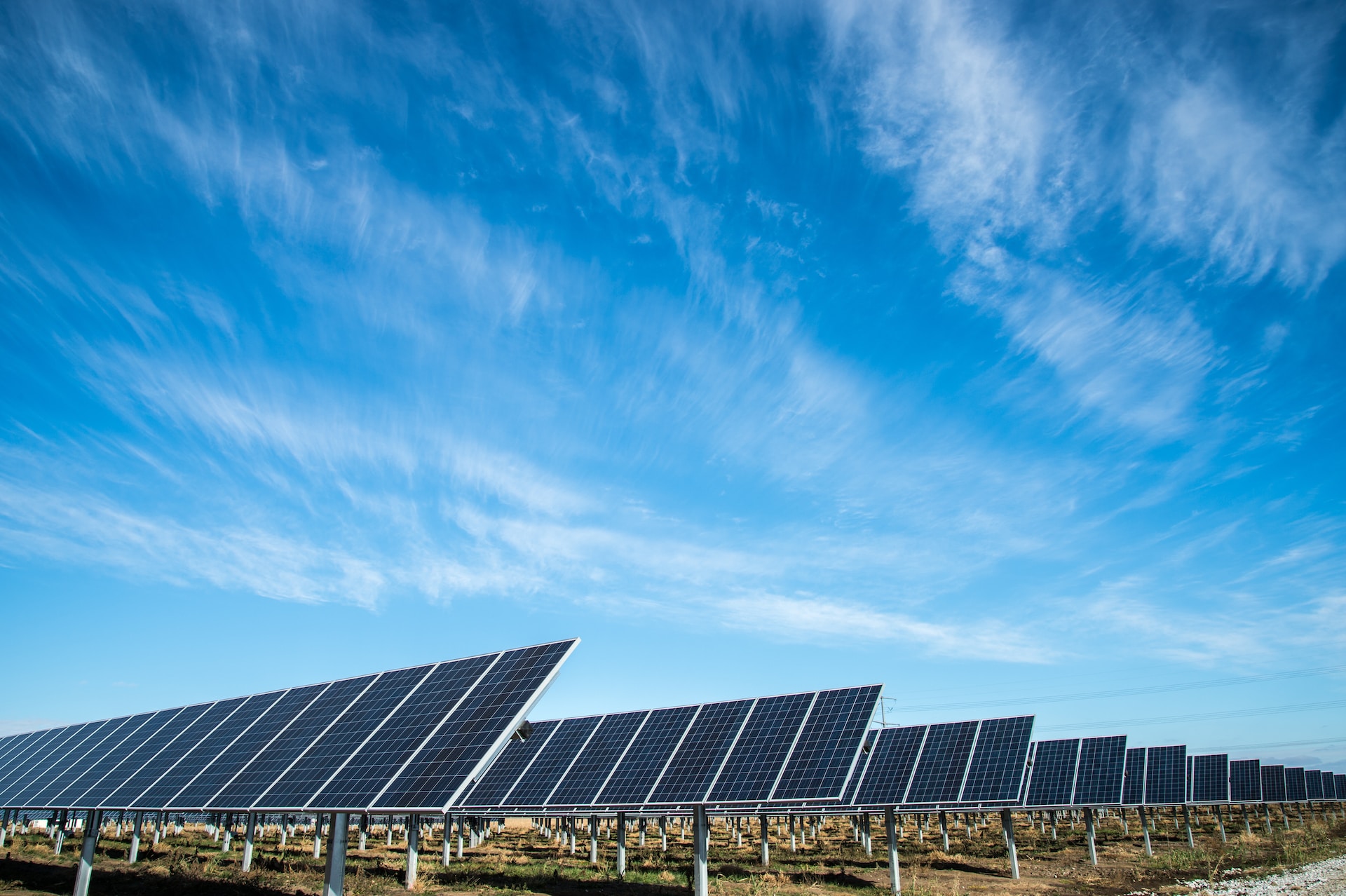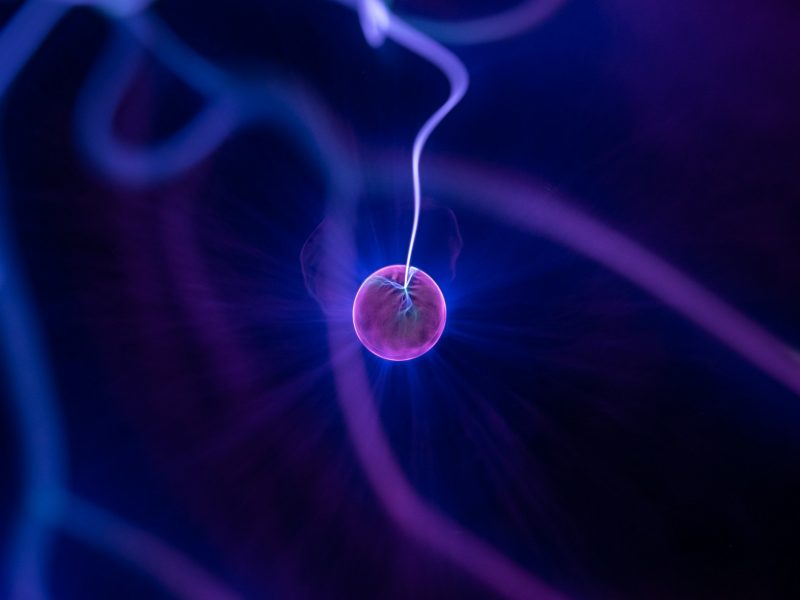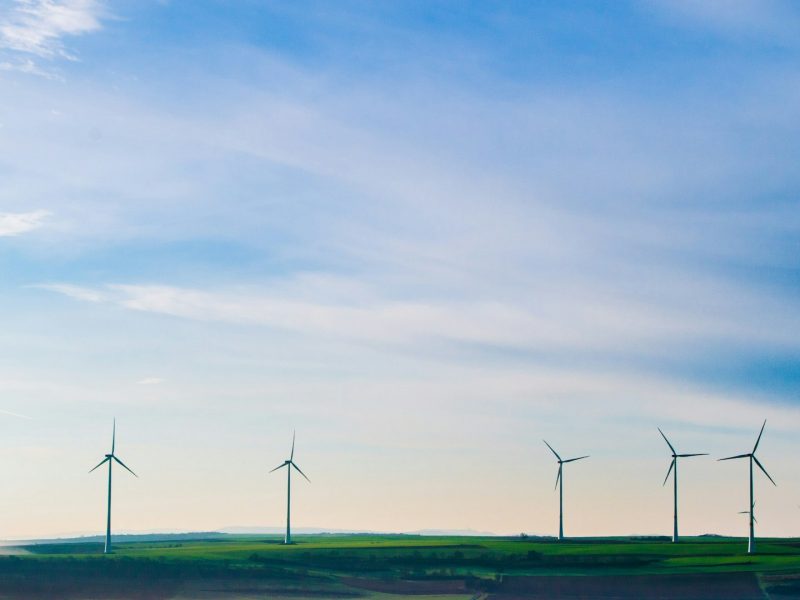President Biden’s ambitious plans for a green economy are facing a significant hurdle in the form of a backlog of clean energy projects waiting to connect to the power grid. A study conducted by Berkeley Lab revealed that 93 percent of new energy projects aiming to join the U.S. power grid are carbon-free and could account for 80 percent of the country’s electricity needs by 2030. However, between 2000 and 2016, 72 percent of connection requests were withdrawn by the applicants due to lengthy waiting times, which have increased by 19 months over the past decade, now averaging 3.7 years. Only 23 percent of projects successfully make it through the queue, leading to concerns raised by developers and grid operators about the growing backlog.
The main reason for these delays is a lack of transmission capacity. The grid’s infrastructure and the regulations governing the transmission queue contribute to the problem. Developers flood the queue with requests in the hope of success, exacerbating the delays. As the Biden administration pushes for a green economy and the demand for clean energy rises, the grid’s struggles to accommodate the increasing number of projects are becoming more apparent. To compound matters, extreme weather events linked to climate change further stress the electricity grid, causing power outages and impacting energy generation.
The Federal Energy Regulatory Commission (FERC) has recognized these issues and plans to announce new rules soon. However, the nation’s power grid infrastructure needs to be expanded to handle the current demand and additional power generation. Limited transmission capacity is the primary reason for delays in the interconnection queue. The construction of more transmission lines is crucial for the transition to a reliable, affordable, and clean grid.
The problem is further compounded by the evaluation process for new energy projects, which assesses each project individually for its impact on the grid. While this approach makes sense for large-scale power plants, it may not be suitable for smaller clean energy projects. Experts suggest implementing an optimal system with shared transmission lines in areas where clean energy projects are concentrated, allowing individual projects to connect more efficiently.
Developers submitting multiple requests for projects in different areas also contribute to the delays. The lack of information about the grid’s needs leads developers to take a scattergun approach, hoping that at least one request will receive quick approval.
The delays in the interconnection queue not only hinder progress toward a green economy but also impose costs on consumers. Grid congestion cost $13.4 billion in 2021, which ultimately burdens electricity customers and may continue to rise without intervention. Increasing transmission capacity and proactively planning the grid based on future generation and demand are necessary steps to alleviate these challenges.
In conclusion, the backlog of clean energy projects waiting to connect to the power grid poses a significant obstacle to President Biden’s vision of a green economy. The lack of transmission capacity, compounded by outdated processes and regulations, has led to lengthy waiting times and a growing backlog. To overcome these challenges, expanding the grid’s infrastructure and implementing a more efficient and proactive planning approach are crucial. By addressing these issues, the United States can accelerate its transition to a reliable, affordable, and clean energy grid.


